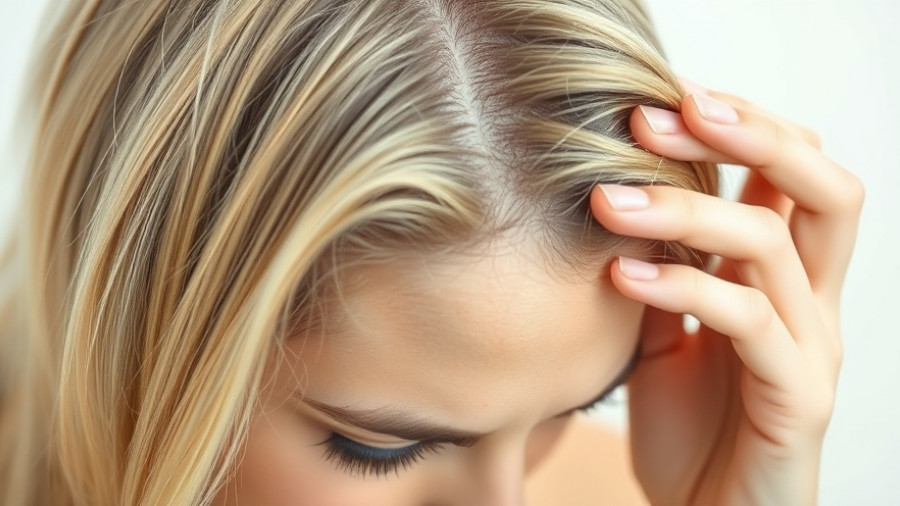
Understanding Oily and Sticky Dandruff: What You Need to Know
Many individuals, particularly adults navigating the complexities of daily life, may find themselves confronted with a stubborn enemy—oily and sticky dandruff. This isn’t merely an absence of hygiene; it’s a condition caused by an overproduction of sebum combined with the fungal irritation from Malassezia Globosa. This mix results in an itchy, greasy scalp and those pesky, sticky flakes that seem impossible to eliminate.
The Science Behind Oily Dandruff
Understanding how oily dandruff differs from dry dandruff is essential in tackling this problem effectively. Dr. Amit Bhasin, a celebrity cosmetologist and dermatologist, explains that oily dandruff arises due to excess oil on the scalp, leading to fungal growth which exacerbates the condition. The dual challenge—removing excess oil while managing fungal growth—makes it crucial to find the right approach to treatment.
Essential Steps to Tackle Oily Dandruff
Fortunately, battling oily and sticky dandruff doesn't require extreme measures. Here are six practical tips to help restore balance and comfort to your scalp:
1. Opt for a Deep-Cleansing Anti-Dandruff Shampoo
Selecting a shampoo with specific active ingredients can make a world of difference. Look for those containing Piroctone Olamine and oxygenated charcoal. While Piroctone Olamine targets the fungi triggering your condition, charcoal helps absorb excessive oil without stripping your scalp of necessary moisture. This two-pronged approach directly addresses the root of the problem.
2. Adjust Washing Frequency
Humidity amplifies the challenges posed by oily dandruff. For those living in humid environments, increasing your hair-washing frequency to at least three times a week can prevent oil buildup. An important habit is to shower after workouts—this simple step can significantly control your scalp's oil production.
3. Master the Double-Rinse Technique
Rinsing thoroughly is key in removing residue that may cling to your scalp, leading to flakes. After applying your anti-dandruff shampoo, ensure you rinse well, then apply a second round of shampoo. This extra rinse helps eliminate any lingering oils or product residues that contribute to the problem.
4. Modulate Oil and Serum Use
Hair oils and serums can be beneficial, but moderation is essential. Applying heavy oils can worsen oily dandruff by trapping excess oil and preventing the scalp from breathing. Opt for lighter applications and ideally limit the use of these products to once a week.
5. Stay Clear of Heavy Hair Products
Heavy gels and waxes could exacerbate your flaky situation. Instead, consider using lighter products that style without suffocating your scalp. Additionally, it’s wise to wash your hair thoroughly on days when you use heavier styling products.
6. Embrace Diet and Stress Management
Your overall well-being plays a vital role in scalp health. Consuming a diet high in sugars and unhealthy fats can significantly aggravate oily dandruff. Balance your diet with hydration and healthy fats, and incorporate stress-relief techniques like yoga or meditation to cultivate scalp health.
The Importance of Comprehensive Care
Managing oily and sticky dandruff is about striking a balance—addressing both the oiliness and the fungal growth. As noted in the comprehensive guidance provided by dermatological experts, neglecting any aspect could lead to ongoing discomfort and may even contribute to larger hair health issues. Keeping the scalp healthy and free from irritation should be a foundation for your daily routine.
Call to Action
Consult a dermatologist if over-the-counter treatments fail to yield results within a month or so. They can guide you towards effective prescription options tailored to your specific needs, helping you regain that comfortable, flake-free scalp.
 Add Row
Add Row  Add
Add 




Write A Comment